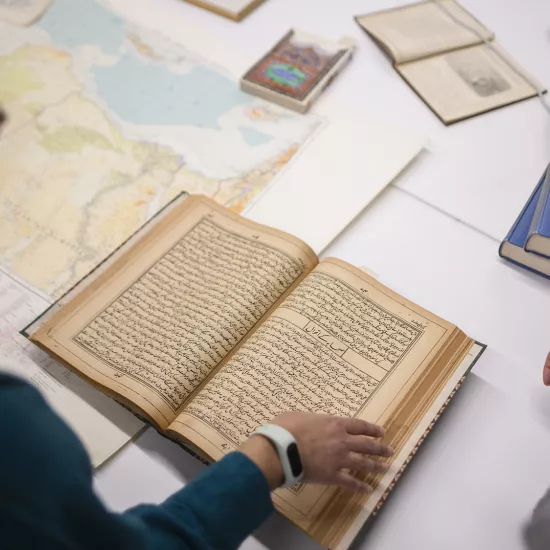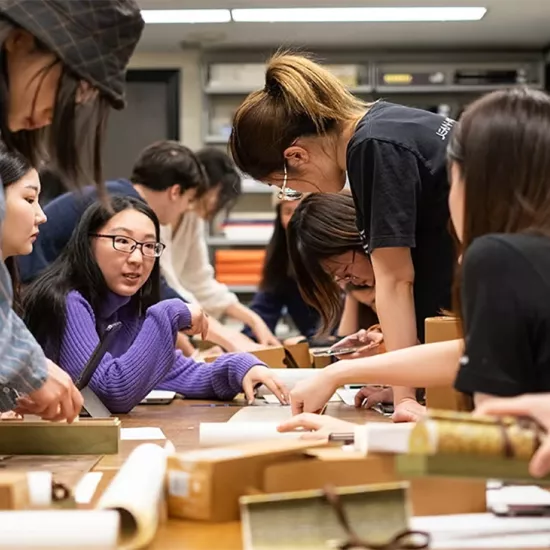Fingerprints and Ferrotrace: Students showcase forensic research

Tiffany Tse prepared her presentation meticulously. She decided she would talk about the three different fingerprinting techniques she studied, and the clarity of the fingerprint ridges each showed.
What she would not mention was feeling nervous as she cut into the first of the 144 $50 banknotes she used during her experiment.
“You don’t get a chance to work with banknotes very often and cutting them in half is definitely not something you do every day,” says Tse, a fourth-year student in U of T Mississauga’s forensic sciences program. “It was a really incredible research opportunity.”
Tse presented her research and fingerprinting process recommendation to 30 of Canada’s leading forensic experts at the recent Toronto Police Service Forensic Identification Service’s Educational Training Conference. Her presentation was the culmination of a year’s worth of work as part of the forensic internship program. Tse’s placement was with the RCMP in Ottawa.
Forensic students from across Ontario are invited to speak at the biennial conference, which focuses on issues of relevance to crime scene and evidence processing, says Detective Constable Wade Knaap. Knaap is one of the conference organizers and a lecturer at UTM.
“The student research is a fantastic match because it touches all aspects of the forensic community,” he says.
This year, 16 UTM students presented their findings. The audience included scene of crime officers, scientists, forensic identification officers, and even Robert Ramotowski, Chief Research Scientist of the United States Secret Service. Knaap says Ramotowski was impressed at the high quality of the students’ work.
Fourth-year student Kathryn Montgomery presented her research on the iron residue that remains on an individual’s hand after holding a firearm. Her work, conducted with the York Regional Police, used a chemical called Ferrotrace to investigate whether pulling the trigger on a gun would leave more residue than just holding it, and if the pressure used to pull the trigger would make a difference on the residue amount.
“Ferrotrace isn’t a common tool, so there were quite a few questions from the audience on how it could be used,” says Montgomery. “This was a preliminary study, and people seemed really interested on where future research could lead. It’s extremely beneficial when examining a crime scene to know if a person was holding a gun versus firing it.”
Montgomery found that although pulling a trigger potentially left more iron residue, the pressure of the pull didn’t significantly change the amount.
As well as discussing their research at the police conference, the students also presented at UTM’s annual Forensic Science Day. This is the 17th year the event has been hosted by the forensic program.
“The research day showcases the work the students have done over their internships,” says UTM forensic anthropologist Tracy Rogers, director of the forensic science program. She points out that it’s also a networking opportunity for the students, as they can chat about their research and sector trends with mentors, police professionals, and representatives from law enforcement and other agencies.
Over the course of the year, the students also learned about the professional aspects of forensics. “We did practice interviews, and mock trials on our research,” says Tse. “This is something really important in the forensic field - after you process your exhibits and evidence you have to be able to present it in court.”
Other subjects covered by UTM students included the examination of skeletal remains, collision scene measurements and detecting opiates in hair.



